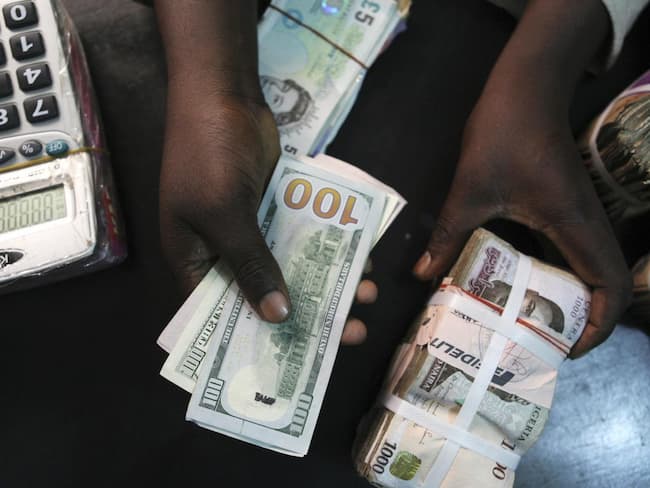Tourism is a catalyst for economic growth in Africa – a key theme during the UN World Cities Day celebrated today around the world. The sector is especially important now when governments are seeking out ways to drive diversification as part of their growth strategies. African cities need to find efficient ways to develop into smart cities capable to not only attract visitors, but also to offer unique experiences and overcoming growing infrastructure demands.
The Mastercard Global Destinations Cities Index (GDCI) provides insight into the motivations and travel spend of visitors – a prime driver for development in the sector. The Index ranks 132 global destination cities in terms of visitor spend, and provides insight on the fastest growing destination cities, and a deeper understanding of why people travel and how they spend around the world.
There were thirteen African cities ranked in the Index, indicating a great opportunity for tourism authorities to work together to better position the continents full and diverse offering. Cities ranked included: Johannesburg, Cape Town, Lagos, Casablanca, Cairo, Durban, Accra, Dakar, Entebbe, Tunis, Nairobi, Maputo and Beira.
Learning from the world’s top destination cities
Bangkok, a city that remained the top-ranked destination city by international overnight visitor arrivals with 19.4 million visitors in 2016 alone, provides a good case study on what cities in African can adopt. Additionally London, with 19.06 million visitors, can be used as blueprints for future planning given their strong focus on mobility.
Across the top 20 destination cities, the majority of travel is conducted for leisure purposes. The Index indicates expenditure categories that illustrate how people are spending when they visit these top performers. Key contributors to spend include: dining, shopping, lodging and transport.
These top 20 cities provide a full experience, with many boasting strong infrastructure helping to enhance visitor’s opinion of the city and thus their willingness to spend.
GDCI indicates that more people than ever are visiting cities for business or leisure travel, and that at the same time, the research indicates that people expect their experience when traveling to be both seamless and personal.
African cities must do more to connect people with all that the continent has to offer – but it is critical that cities identify on their uniqueness and overall appeal to visitors. Cities that know what they are about, and what they want to represent, attract more visitors and thus more spend. The continent has the widest range of sights and sounds, with natural beauty, warm people and a uniqueness not often found around the world – this is very appealing to international visitors.
As the top destination city, Dubai sees over 14 million international overnight visitors, which is significantly higher than other cities in Africa. It’s no coincidence that Dubai ranks number one as having the highest percentage of visitor expenditure of GDP (30.3%), given its global positioning as a hot shopping destination. It has carved out a unique proposition and the city thrives on this positioning.
The benefits are obvious, more than half of the top 20 destinations reported an increase in spend consistent with or greater than GDP growth. This reinforces the important role that travel plays in a country’s economy and indicates that the sector is growing much more rapidly than the combined average of all economic areas.
What can African cities do today to build for tomorrow?
- Infrastructure and public transport is key: For highly attractive destination cities, like Bangkok, London and Paris that top the list, ease of travel is a big factor in drawing visitors. This is why Mastercard is working with governments and cities across Africa to simplify access to urban services like public transport, helping to enable users to pay for their train or bus simply by tapping their card or swiping their phone.
- Look deeper at the purpose of travel and spend: It’s safe to say that Africa is no longer just a safari destination, and the reason for travel to Africa varies largely by what a city has to offer. Using data to understand what appeals to travellers will give cities an upper hand to mine the popularity of that destination, and then further enhance the offering. Data is a smart way for tourism authorities to effectively and efficiently gather important insights. Mastercard’s Tourism Insight Platform provides data on spend as well as insights from search engines – proving that data is the tourism industries greatest asset and must be taken seriously.
- Build stronger cross sector partnerships: Expertise within the public sector must be harnessed, it is here where innovation is shaping African cities and helping to digitise economies. Tourism is a diverse offering, and governments are more willing than ever before to collaborate to realise the full potential of the sector. As indicated in the GDCI, cities must differentiate, provide unique experiences and ensure are capable of hosting people from around the world. This is achievable only via cross sector collaboration, and a willingness to adapt.
To learn more about the top locations on the Mastercard Global Destinations Cities Index 2017, please visit: http://news.mstr.cd/gdci2017.














